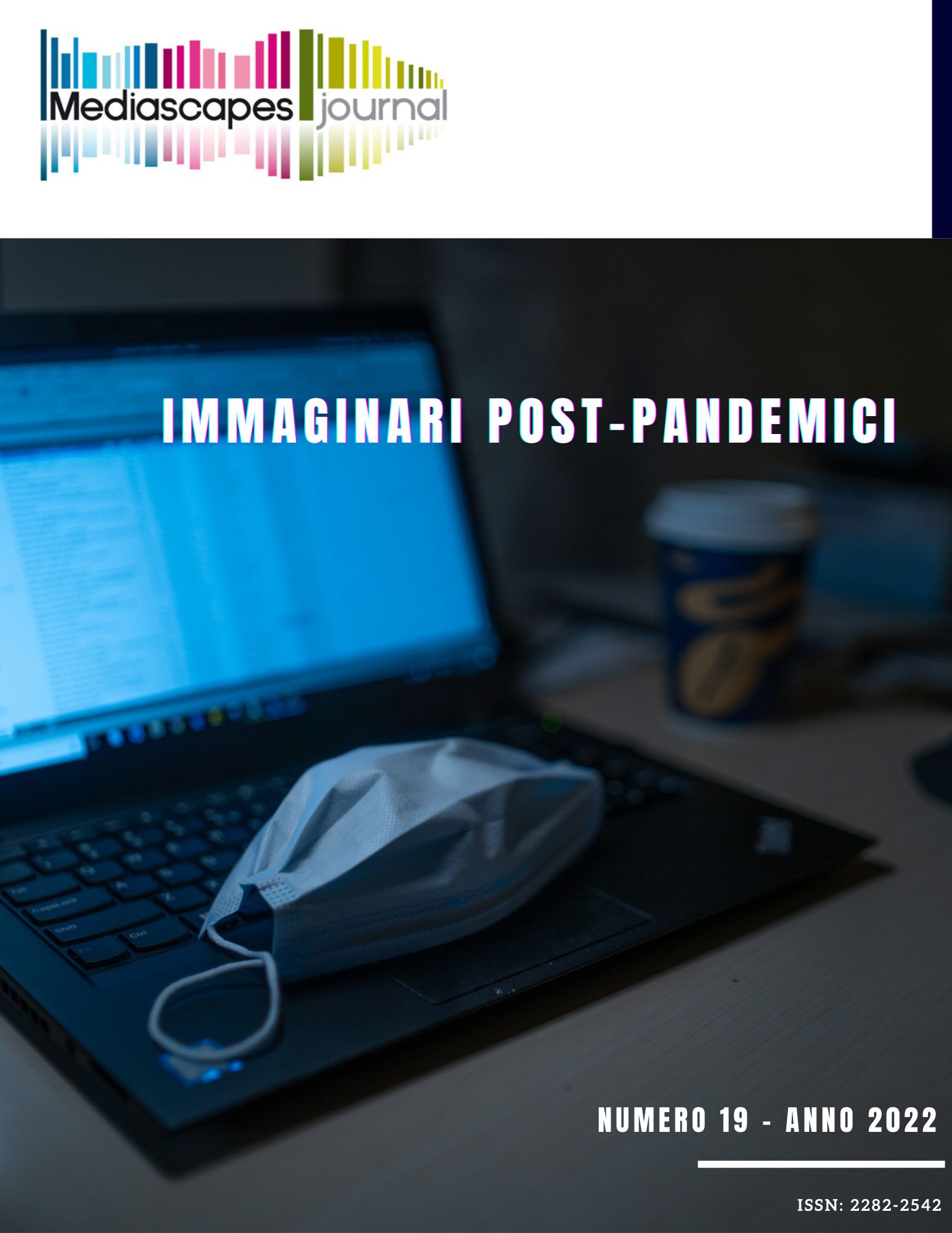Mainstream Soliloquies
Goffman and the Sociology of Self-Talk
Keywords:
self-talk, rhetoric, media, conversation, social frameAbstract
The paper aims to probe the rhetoric patterns featuring self-talk in the public sphere, with particular reference to the new forms of “public” soliloquy. To the fore is the rhetoric analysis carried out by Erving Goffman in Forms of Talk (1981), focusing on the conversational frames in which social actors develop their communicative actions: “with self-talk, then, one might want to say that a sort of impersonation is occurring”. Self-talk is not only a dramatic genre or religious practice, it is also a public conversational habit, as digital speeches or sermons confirm. According to Goffman, self-talk can be intended as “the stage-acting of a version of the delivery, albeit only vaguely a version of its reception” (Goffman, 1981, p. 83). Thus, it is possible to investigate the rhetoric patterns of self-talk conceived as a conversational medium, practiced not only in the theatre or in the church, but also on the Internet and television. The purpose is to understand what kind of self-talks are most commonly diffused in the public sphere, assuming that “here is a crucial feature of human communication” (Goffman, 1981, p. 84). Specifically, the methodology concerns Goffman’s frame analysis of self-talk, in reference to the rhetoric processes of “exaggeration, stereotyping, standardization of intensity” (Goffman, 1981, p. 84) of public speeches. This theoretic approach allows an emphasis on the convergence between sociology, communication and rhetoric in the analysis of self-talk, which can be paradoxically considered as a communicative strategy both in public and in private. Thanks to Goffman’s analysis, soliloquy and public sermons can be considered relevant forms of contemporary self-talk, inspired by meaningful rhetorical patterns.
Downloads
Published
How to Cite
Issue
Section
License

This work is licensed under a Creative Commons Attribution 4.0 International License.
Mediascapes Journal is published under a Creative Commons Attribution Licence 4.0.
With the licence CC-BY, authors retain the copyright, allowing anyone to download, reuse, re-print, modify, distribute and/or copy their contribution. The work must be properly attributed to its author. It should be also mentioned that the work has been first published by the journal Anuac.
Having published these contributions for the first time, Mediascapes Journal will have the right to publish them integrally or partially as reprints or possibly as part of a thematic issue, in both digital and printed format.
It is not necessary to ask further permissions both to author or the journal.


